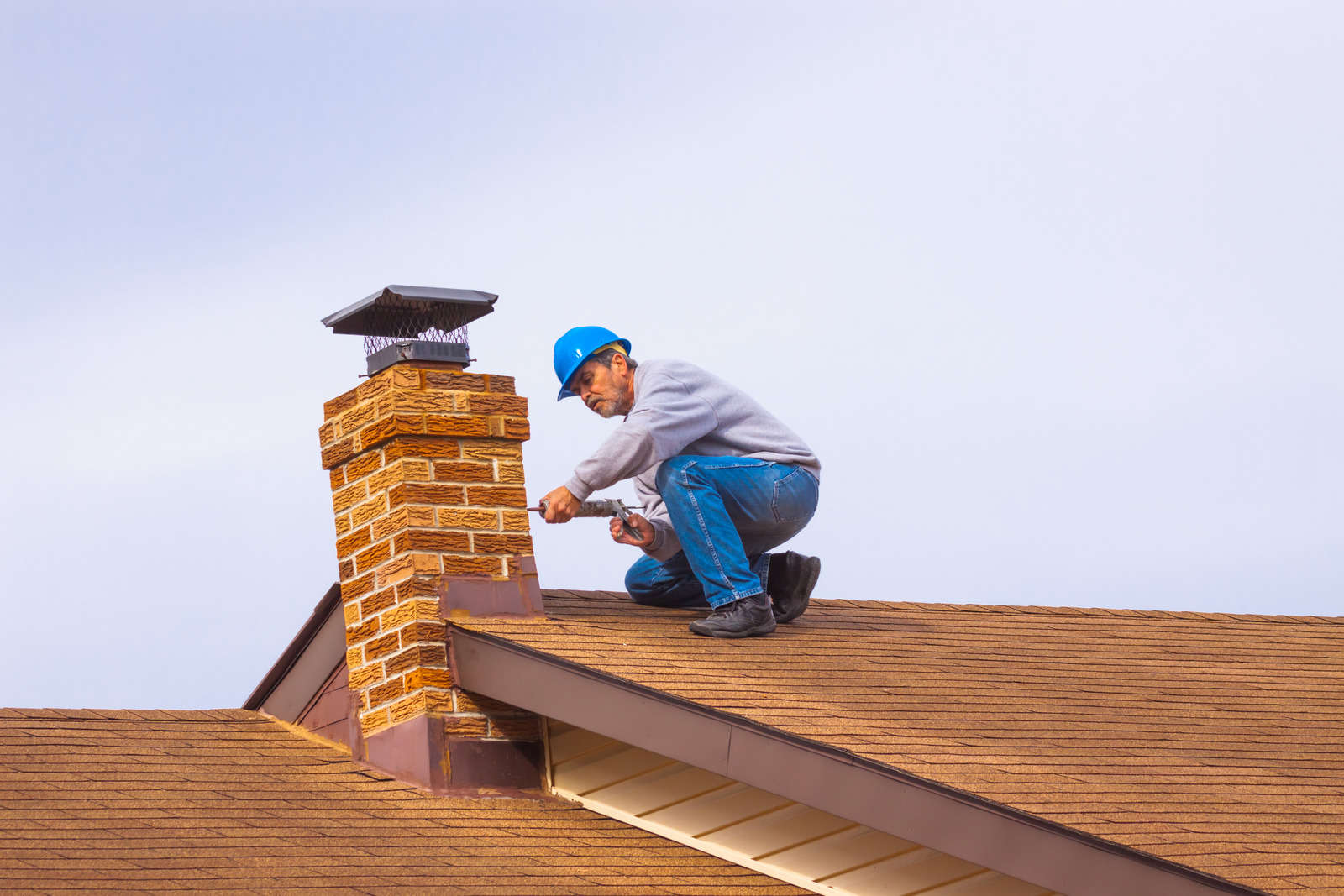
Long before central heating systems, chimneys were a staple in households around the world. The history of chimneys traces back to ancient times, with early examples seen in Roman villas. By the Middle Ages, chimneys started gaining popularity in Europe, mostly due to their functional value in evacuating smoke from dwellings.
Beyond just function, the appearance and design of chimneys have always been a status symbol. The more elaborate the chimney, the more prosperous the homeowner was considered. In Tudor England, for instance, large brick chimney stacks with intricate designs were a sign of wealth and affluence.
The fundamental principle of chimney design is the draft – a phenomenon where hot air rises because it's less dense than cold air. To ensure a consistent draft, chimneys have been constructed using various materials over the centuries:
Stone and Brick: Traditional materials that offer durability and aesthetic appeal.
Metal: Modern chimneys, especially in industrial setups, use metals for their ability to withstand high temperatures.
Clay and Ceramic: These materials are often used for flue liners, providing an efficient, safe channel for smoke and gasses.
Ensuring your chimney is in top condition is essential for both efficiency and safety. Here are some key tips:
Regular Inspection: It's recommended to have your chimney inspected annually by a professional. They will check for blockages, damages, and any other potential issues.
Cleaning: Over time, chimneys accumulate creosote, a flammable substance. Regular cleaning helps prevent chimney fires.
Cap Installation: A chimney cap prevents animals, debris, and water from entering the chimney, making it a valuable addition to any chimney.
The chimney has not remained static in its long history. As with most things, technology has played a part in its evolution. Some notable innovations include:
Heat Recovery Systems: Modern systems can extract and redirect the heat lost up the chimney, improving a home's overall energy efficiency.
Electronic Draft Inducers: For homes that struggle with consistent draft, this innovation ensures that smoke and fumes are effectively drawn out.
The shift toward more environmentally friendly practices has affected how we view chimneys. Traditional wood-burning fireplaces, while cozy, can release harmful pollutants. However, newer models and stove designs are more efficient and produce fewer emissions. Additionally, many homeowners are now opting for electric or gas fireplaces that provide warmth without the environmental impact.
Conclusion
In conclusion, chimneys, often seen as simple architectural features, carry with them a rich history, diverse design principles, and evolving technology. From their historical roots to modern innovations, chimneys remain an integral part of our homes and our lives.